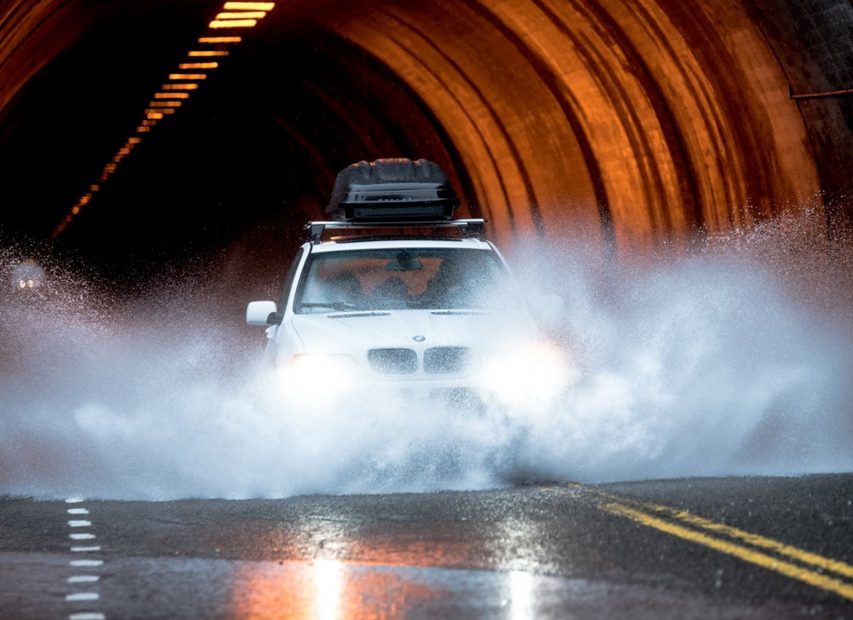Can I drive an EV through floods?
The UK has been exposed to some extreme weather over the past few years, with flooding becoming commonplace in some areas. riving any car through floodwater can be a big risk, both to the health of your vehicle and your own safety. They say that water and electricity don’t mix, but can you drive an EV through flooded roads?

Are electric cars better for driving through floods?
In a word, yes*. Part of how a traditional combustion car works is that it breathes air that it combines with fuel for ignition. If a petrol or diesel engine ingests water instead of air, this can be disastrous for the car – cue loss of power, lots of white smoke, and a big repair bill. The good news is that EVs don’t consume air.
Without the fear of water getting into the engine, technically electric cars can drive through any depth of water and keep going. However, in reality there are a few more factors to consider.
Wading depth
In the event of local floods, take a look at your EV’s handbook for its wading depth. This is the manufacturer’s recommended water depth you can safely drive through. While there is no engine to drown, you still have to consider water getting into other areas of the car you’d want to keep dry.
Is it safe to drive an EV through floodwater?
Providing that you keep within the manufacturer’s stated limits, and exercise caution as flowing floodwater can easily steer a car off course, it is safe to drive through water. Electric vehicle components are waterproofed to strict standards to ensure safety. Vehicles also have emergency cut-offs should there be signs of components not function properly.
It’s also important to consider your speed when driving through water because sensors can still be affected if they get wet.
In the same way you shouldn’t be worried about charging in the rain (unless using an extension cable), your EV is safe when it comes into contact with water.
Please note: This is not a recommendation to drive through a flood, we’re just passing on the information available so you can make an informed decision.
Learn more of our winter EV driving tips, here.